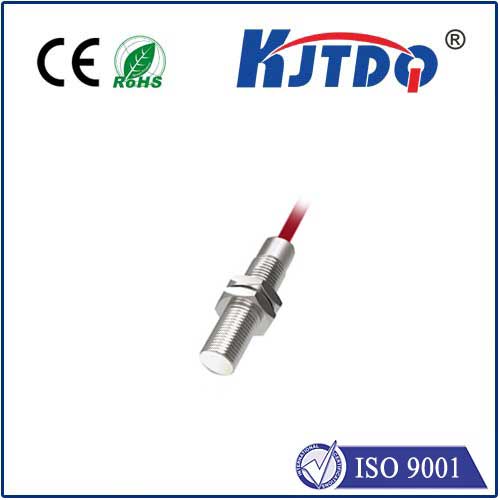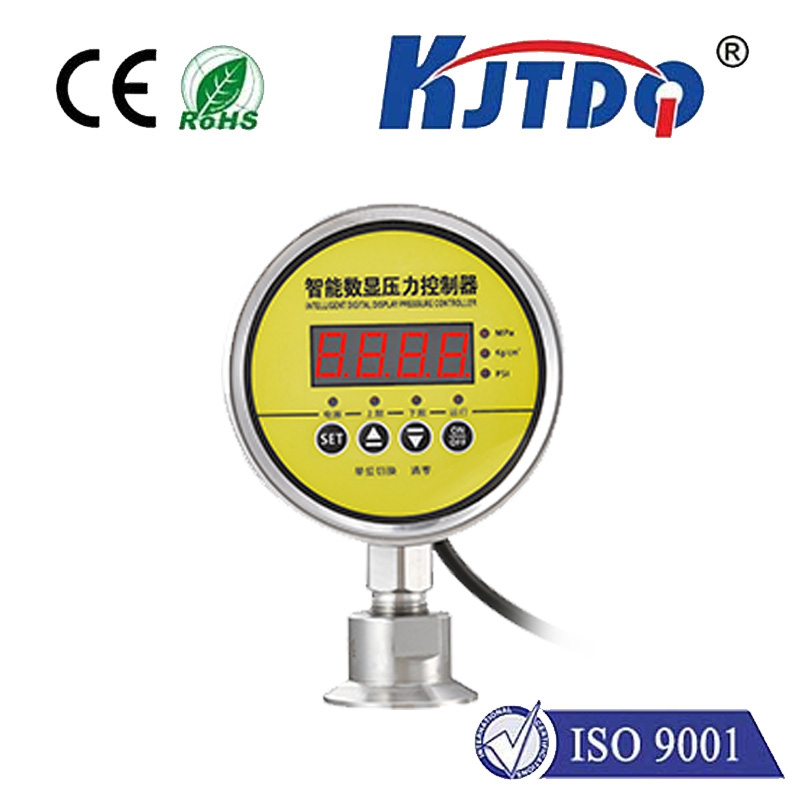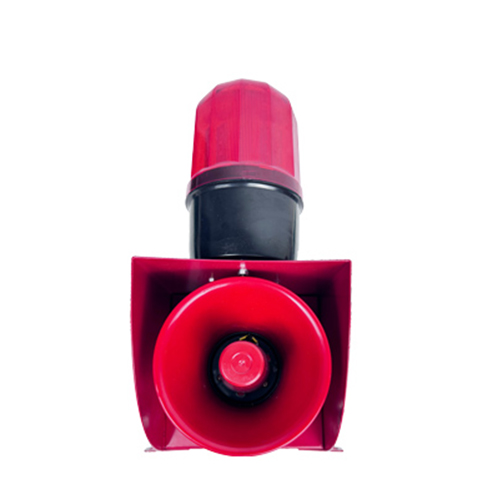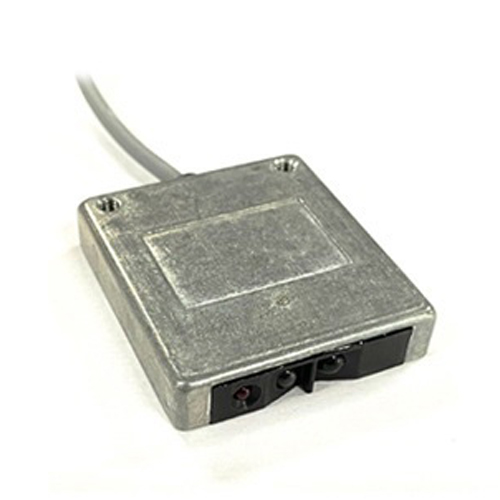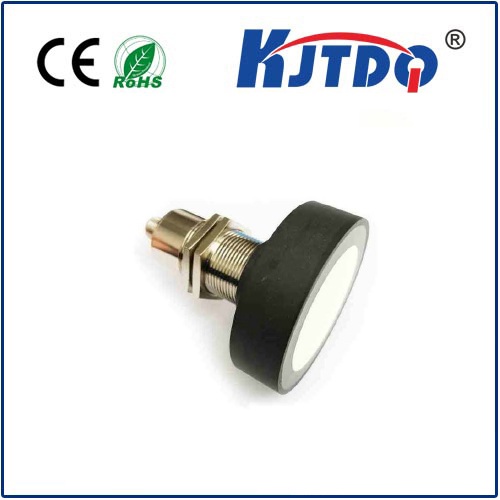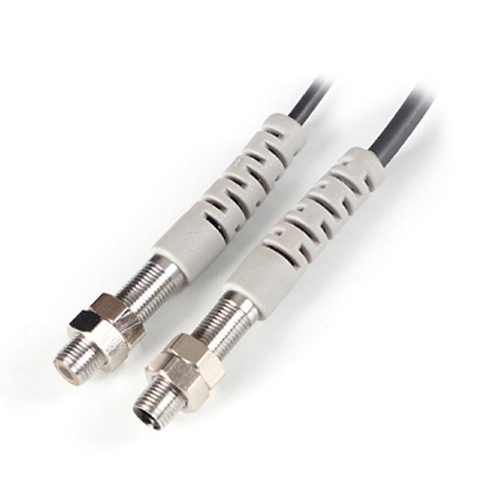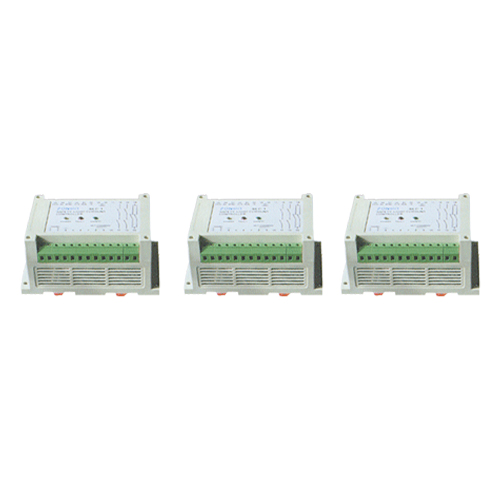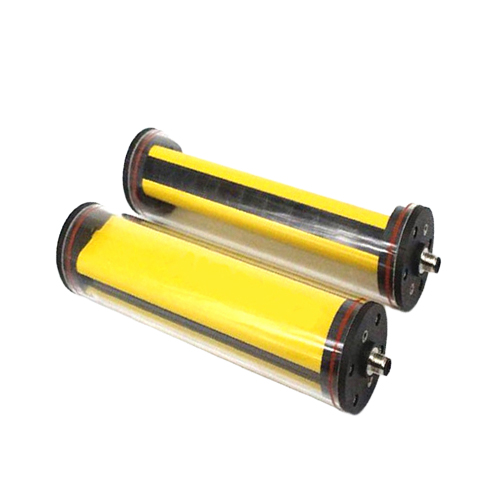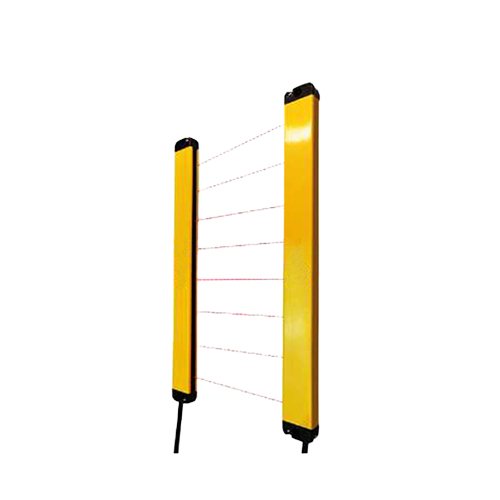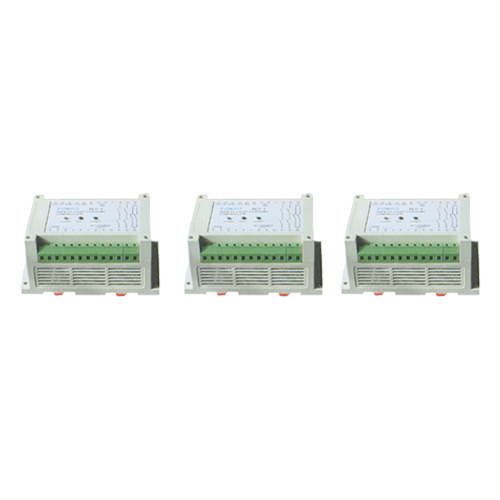

check

check

check

check

check

check

check

check

check

check
Introduction:
Proximity sensors are a type of sensor that detects the proximity of an object or person. They are widely used in various applications, including automation systems, security systems, and medical devices. In this article, we will provide a comprehensive guide to understanding 230V proximity sensors, their working principle, applications, and advantages.
Section 1: Working Principle of 230V Proximity Sensors
230V proximity sensors work on the principle of electromagnetic fields. When an object approaches the sensor, it emits a microwave beam that is reflected back to the sensor. The time taken for the beam to reflect back depends on the distance between the object and the sensor. The sensor then calculates the distance using trigonometry and provides an output signal indicating the presence or absence of an object.
Section 2: Applications of 230V Proximity Sensors
230V proximity sensors have numerous applications in different industries. Some of the popular ones include:
* Automobile industry: These sensors are used in car parking systems, door unlocking systems, and collision avoidance systems.
* Industrial automation: They are used to control machines and equipment by detecting the presence of people or objects.
* Security systems: Proximity sensors are integrated into security cameras to trigger alarms when someone enters the camera's field of view.
* Medical devices: These sensors are used in medical imaging equipment to detect the presence of patients and adjust the settings accordingly.
Section 3: Advantages of 230V Proximity Sensors
There are several advantages to using 230V proximity sensors, including:
* Easy installation: These sensors can be easily mounted on walls or floors, making them ideal for quick installations.
* High accuracy: Proximity sensors provide accurate readings within a few centimeters of an object's location.
* Compact design: These sensors are compact and can fit into small spaces without compromising their functionality.
* Low power consumption: Proximity sensors consume very low amounts of power, making them energy-efficient.
Conclusion:
In conclusion, 230V proximity sensors are an essential component in automation systems due to their high accuracy and ease of installation. They have numerous applications in different industries and offer several advantages over traditional sensor technologies. By understanding their working principle and applications, engineers and technicians can design more efficient and effective automation systems.
